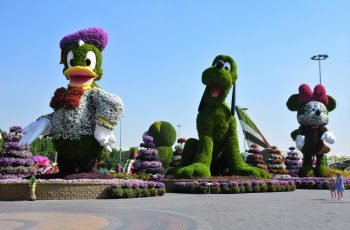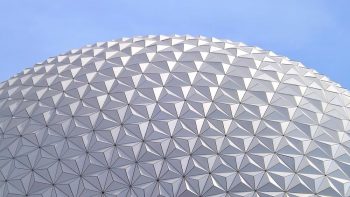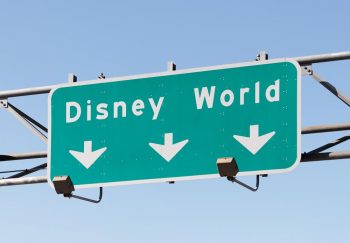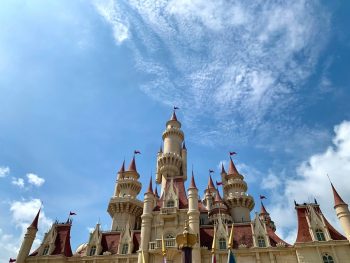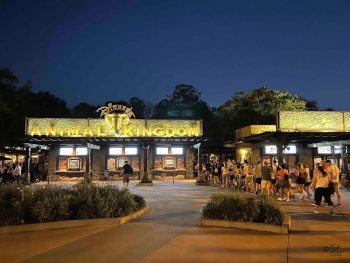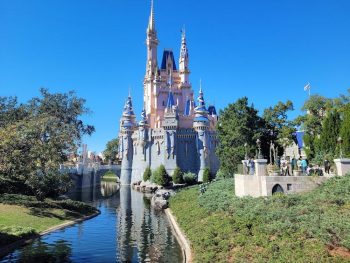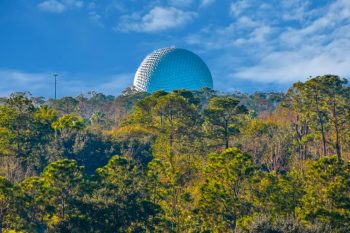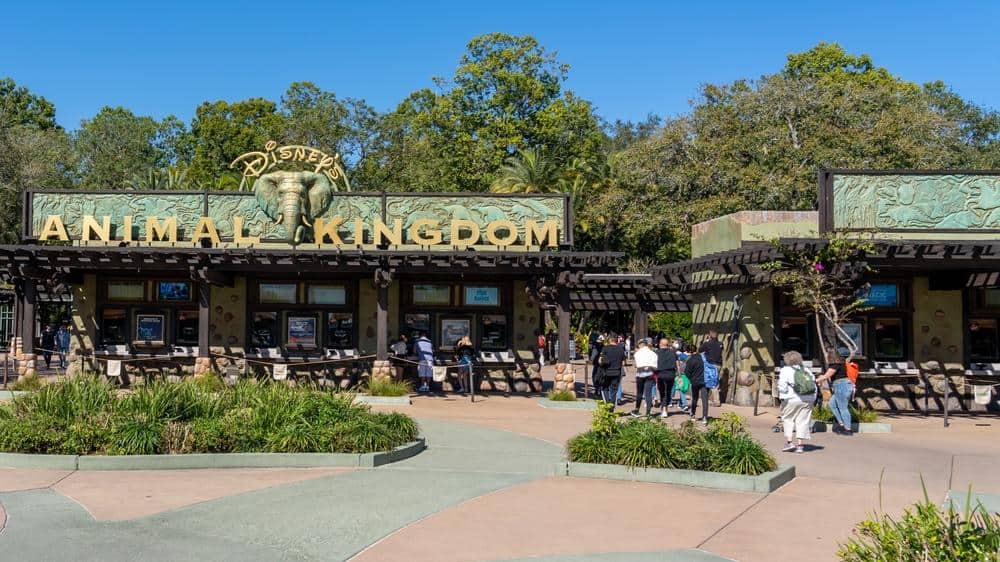
The Animalia Kingdom, also known as Metazoa, encompasses an incredibly diverse range of organisms we commonly refer to as animals. From the tiniest microscopic creatures to the largest mammals, animals are a vital part of the Earth’s biodiversity. But what exactly makes an animal part of the Animalia Kingdom? In this comprehensive article, we’ll delve into the key characteristics, classification, and the role of evolutionary history and habitat in the Animalia Kingdom.
An animal is part of the Animalia Kingdom if it is multicellular, eukaryotic, heterotrophic, lacks cell walls, capable of movement, and has a diploid life cycle. These organisms also go through distinctive developmental stages and are classified within the kingdom based on their body design, evolutionary history, and habitat. Differences in tissue complexity, presence of a nervous system, reproduction methods, cell structure, and mode of nutrition also distinguish animals from organisms in other kingdoms.
Key Characteristics of Animals
The Animalia Kingdom is characterized by several unique features that distinguish animals from organisms in other kingdoms. Here are the key characteristics that define animals:
- Multicellular: All animals are made up of multiple cells, which work together to form tissues, organs, and organ systems.
- Eukaryotic: Animal cells contain a nucleus and other membrane-bound organelles, distinguishing them from prokaryotic cells found in bacteria and archaea.
- Heterotrophic: Animals cannot produce their own food and rely on other organisms, either directly or indirectly, for nourishment.
- Lacking cell walls: Unlike plants and fungi, animal cells do not have a rigid cell wall, allowing for greater flexibility and movement.
- Motility: The majority of animals can move, which helps them respond to stimuli, find food, and escape predators.
- Diploid: Most animals have two copies of their genetic material in their adult cells, which is important for sexual reproduction and genetic diversity.
- Distinctive developmental stages: Animal development typically includes stages such as a zygote, blastula, and other specialized structures that contribute to the formation of a mature organism.
Classification within the Animalia Kingdom
Kingdom Animalia is divided into various phyla based on their body design or differentiation. Some of the major phyla include Porifera, Coelenterata, Platyhelminthes, Nematoda, Annelida, Arthropoda, and Mollusca.
Evolutionary History and Habitat
The evolutionary history of animals and their respective habitats play a significant role in their classification within the Animalia Kingdom. Evolutionary history provides insights into their origins, diversification, and relationships with other organisms. Habitat, on the other hand, influences an animal’s body structure, adaptations, and behaviors, which are used to classify animals into smaller groups within the Animalia Kingdom.
Comparison with Other Kingdoms
While animals share some common features with organisms in other kingdoms, such as being eukaryotic and heterotrophic, they differ in aspects like tissue complexity, motility, presence of a nervous system, reproduction methods, cell structure, and mode of nutrition.
Conclusion
The Animalia Kingdom is a fascinating and diverse group of organisms, each with unique characteristics, classifications, and evolutionary histories. Understanding what makes an animal part of this kingdom not only provides insights into the vast diversity of life on Earth but also highlights the intricate relationships and adaptations that have shaped life as we know it.
Frequently Asked Questions
What are some examples of organisms in the Animalia Kingdom?
The Animalia Kingdom includes a vast array of organisms, from simple sponges (Porifera) and jellyfish (Cnidaria), to complex organisms like worms (Platyhelminthes and Annelida), insects (Arthropoda), mollusks (Mollusca), and vertebrates (Chordata) which include fish, birds, mammals, reptiles, and amphibians.
How does the lack of a cell wall benefit animals?
The lack of a cell wall in animal cells provides greater flexibility, which allows for a wider range of movement. This is crucial for many animals that need to move to find food, escape predators, or interact with their environment.
What does it mean that animals are heterotrophic?
Being heterotrophic means that animals cannot produce their own food. Instead, they rely on consuming other organisms, either directly or indirectly, to get the nutrients they need. This is in contrast to autotrophic organisms like plants, which can produce their own food through photosynthesis.
How does the diploid nature of animals contribute to genetic diversity?
Most animals are diploid, meaning they have two sets of chromosomes in their cells. This allows for sexual reproduction, where offspring inherit a mix of genetic material from both parents. This mixing of genes leads to genetic diversity, which is crucial for the survival and adaptation of species over time.
Why is understanding the Animalia Kingdom important?
Understanding the Animalia Kingdom is important as it provides insights into the vast diversity of life on Earth. It also highlights the intricate relationships and adaptations that have shaped life as we know it, and can contribute to our understanding of evolution, ecology, and conservation efforts.

